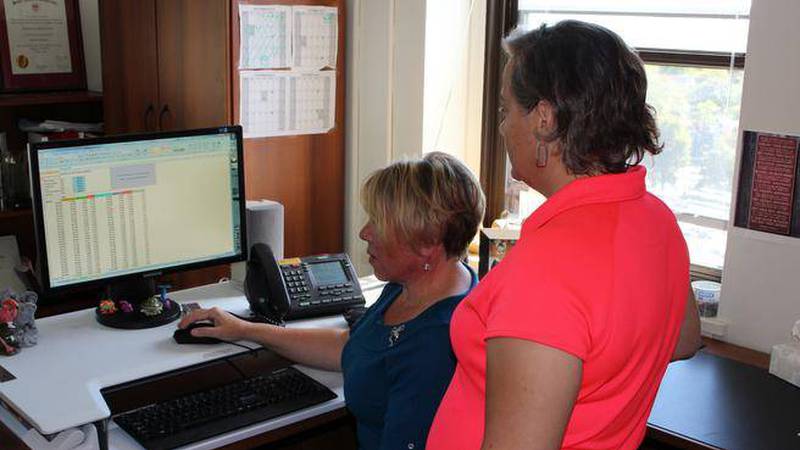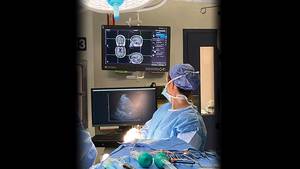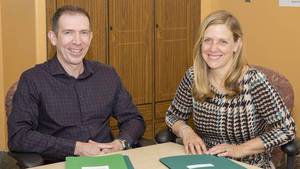Each year the QEII Health Sciences Centre receives nearly one million patient visits, including 70,000 emergency room visits, and 26,000 overnight patients.
Those activities generate a massive amount of data. Making sense of it — and securing it — falls to the QEII’s IT team.
Judi Randell, manager of decision support, says her department produces 2,500 reports annually for researchers, planners and medical staff. They sift through the noise to find the signal. They can tell you how many people had hip replacements or implanted cardiac devices, and break it down by area.
“It can be used for research, for planning, and for benchmarking against similar facilities across the country. It’s used by multiple people,” she says.
The information helps departments with planning, and whether the approach is working. Staff can zero in on one patient, or pull back for a bird’s-eye-view of the entire operation.
Are readmission rates consistent across Canada? How about the average length of stay? Judi’s department can tell you.
They’re getting better at generating and controlling data, too. Much patient data is recorded by hand, or in computer systems disconnected from the central system. Someone has to input data into the central system monthly. But when the QEII gains an electronic health record program, Judi and her team will receive information in real-time.
Securing all of that sensitive information falls to the Nova Scotia Health Authority’s IM/IT team, represented by Stephanie LeBlanc from the service management office. A robust firewall keeps people out of the system, and Stephanie ensures it stays secure.
Stations are set to automatically lock after 15 minutes.
To reduce the time computers sit unlocked, the team is researching special ID cards that double as your computer pass. A device attached to the computer automatically scans your card and unlocks your computer when you sit down, and then locks it again when you leave.
Policies outline who can access patient information in each application. If information needs to be shared via email it is only done via the internal email system. Each computer has a double layer of security. Staff must log into the machine, and then into each application.
As staff look at their computers, the computer looks at them too. A fair warning program audits the system and raises a flag if it detects people accessing things they normally don’t have permission for. If there is a data breach, the privacy and security team will quickly find out about it.
The team is also upgrading the software programs to ensure there are auditing tools, similar to Word’s Track Changes option, that lets people see who made what changes to which documents, building a solid history.
All of those numbers add up to better, more efficient patient care.








